Sokoke: a description of the breed of cats, features of the content and the choice of a nickname
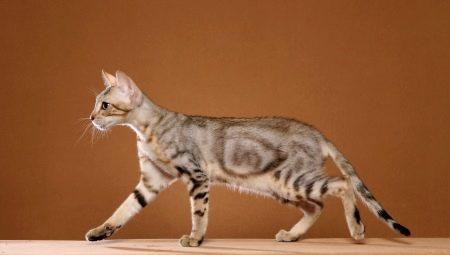
Many people today have pets. The most common are cats and dogs. People choose cats because they are very affectionate and at the same time independent animals. Their variety is amazing, in our time, with a strong desire, you can even get a wild breed. Pets are our friends who will never let us get bored. Many people have pets in order to earn money on breeding pedigree individuals later.
Origin story
Sokoke is a unique cat breed. This species takes all its origins in Kenya. So, in 1978, a resident of England Jenny Slater found a cat with kittens on her plantation. They were so cute, with an amazing color, that she could not walk by and took them home.
Later, her friend decided to take 2 kittens to Denmark. It was from that moment that the most active distribution of the breed began. And in 1992 the state of Denmark approved the Sokoke cat breed (sometimes they are also called African shorthair)... The descendants were named as kazonzo, which means "like the bark of a tree." Aboriginal Kenyan cats and feral domestic cats are considered their ancestors.
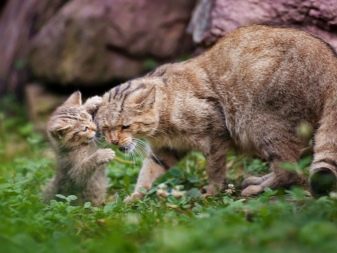
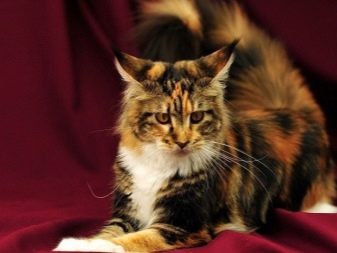
An interesting fact is that the breed was not bred by breeders, but by nature itself. They were never deliberately crossed with other species.
The International Cat Breeding Organization - FIFE - changed its name to Soukok, but most often it is still called Sokok. In the modern world, there are about 100 of them.
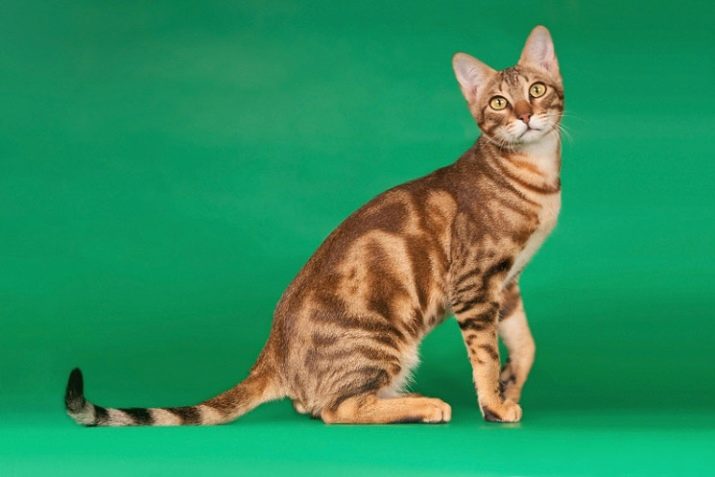
Description of the breed
Males are medium in size, males are predominantly larger. Weight can range from 3 to 5 kilograms. We can say that representatives of this breed are long-livers, since they live for about 13-15 years, and some even longer.
The head resembles a wedge in shape, but on a strong neck. It is elongated, in comparison with the body it seems small and flat. The cheekbones are quite expressive, which emphasizes the muzzle of the individual. The ears are large in size, with numerous tassels on them. The deep and expressive eyes captivate many feline lovers. The colors range from amber to greenish.
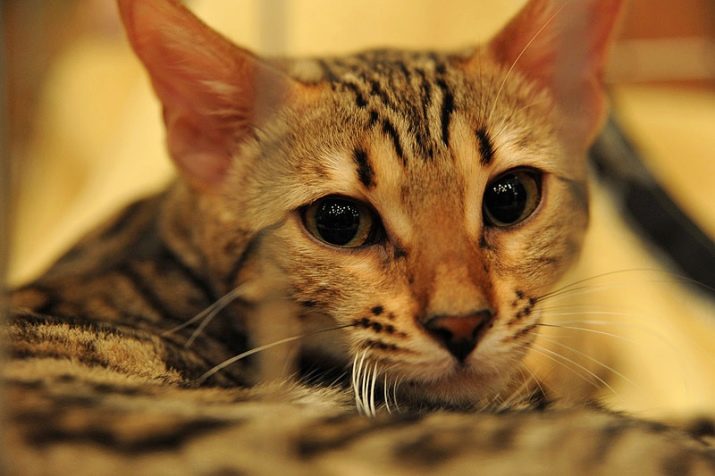
The breed itself is rather large, with a long body and legs. The musculature is very well developed. The hind legs are longer than the front legs, which creates the illusion that the cat is walking on tiptoe. The tail is of medium length and tapers towards the end.
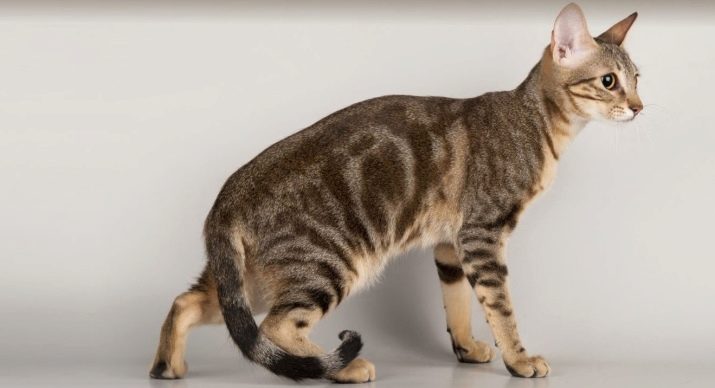
The color standard is considered to be marbled tabby. The color palette can start with lighter shades of brown and end with dark brown. The coat, although very short, with almost no undercoat, can still show a slight overflow in the light. Individuals with an unusually beautiful snow color are very rare. Throughout the body there are stripes in the form of spirals and half rings.

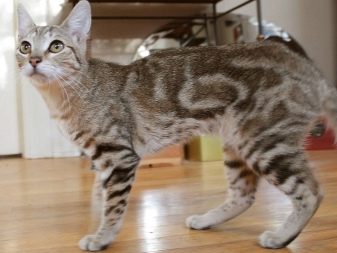
Distinctive features of color:
- necklace around the neck, not necessarily fused;
- the tip of the tail is always black;
- butterfly pattern on the back;
- on the forehead you can see the intermittently inscribed letter "M";
- on the side there is a drawing of a bull's eye.
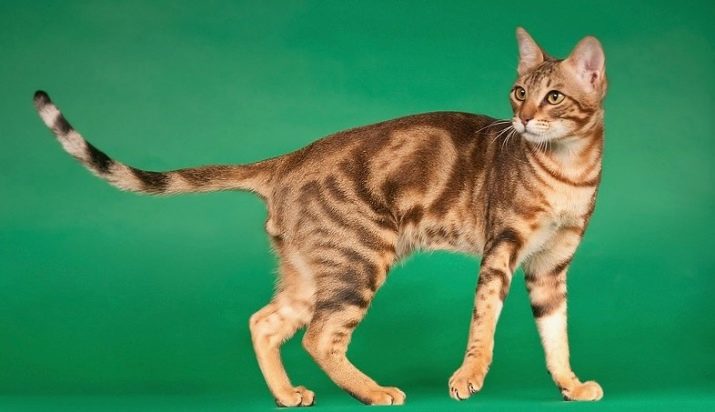
Character
First of all, this breed is extremely active and energetic. They never sit still and are ready to jump and run all day. This trait was passed down from their ancient wild ancestors. People who are experienced in cat breeding say that it is advisable to start Sokoke in private houses with a large area of free space.
In the backyard, it will be possible to design a playground, and then the animal will not tear the wallpaper and spoil the furniture in the house.
In addition to all of the above, representatives of the breed are very sociable creatures, but at the same time wayward and independent. They will not sit on their hands for a long time or annoy the owner - they may well organize the game themselves. An important feature should not be overlooked: cats become attached to people and the environment, therefore they endure moving very painfully. There is no need to fear for the child: they are always restrained and will never offend children.
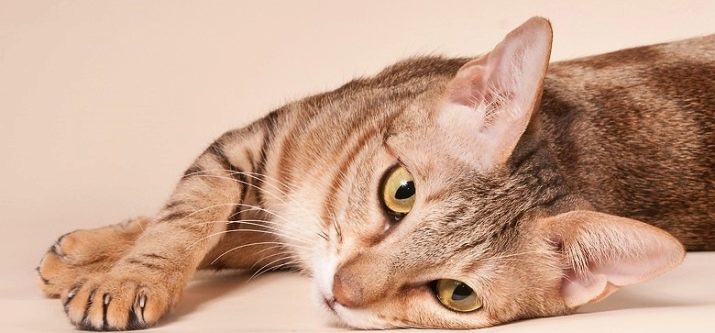
The positive qualities include intelligence and intelligence. Cats are quick to train. They are very curious and always explore new things. Sokoke quickly finds contact with other animals, such as dogs, which is undoubtedly a plus. Pets are having a great time at home while the owners are at work. And in the evening they joyfully meet them, showing affection for them.
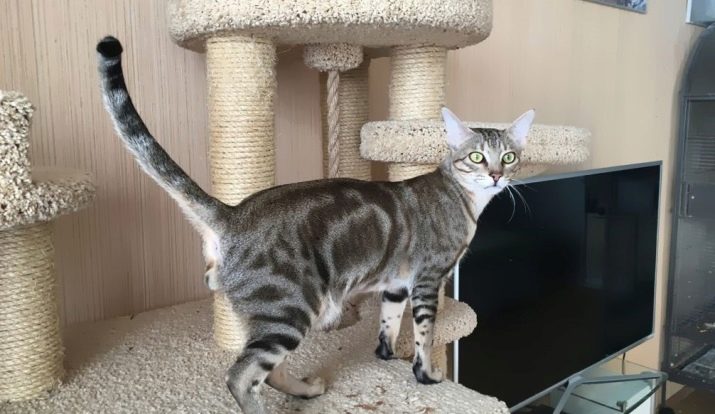
Care and maintenance
The breed is very unpretentious. As for the wool, it is quite short and does not require special care - it will be sufficient to comb out the dead hairs with a special brush once a week. The best option would be a natural bristle comb: it promotes good blood circulation throughout the body.
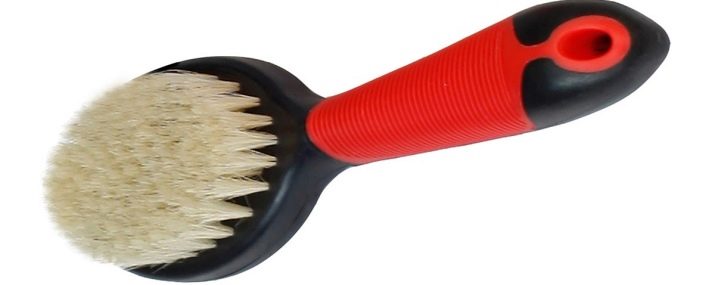
Bathing is a favorite pastime for cats of this species. If you do not wash them for a long time, then, if desired, they themselves will find a container of water. It should be washed no more than once a month. Caring for the ears and eyes consists in wiping quickly soiled areas with a moistened cotton pad or napkin every day or every other day.
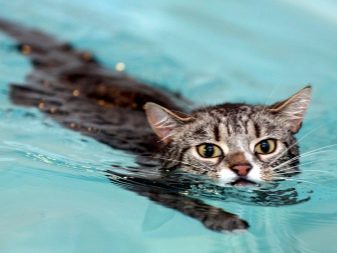
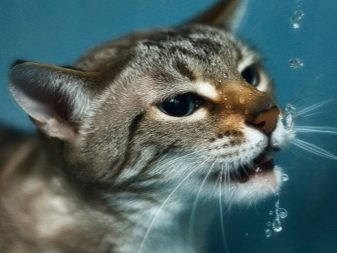
The pet will be grateful if you take it with you for a walk, but you should not give up the fences so that the cat does not accidentally run away. But it is important to know that it is dangerous to walk your pet in winter. Due to the hot climate in Africa, their homeland, cats can catch cold quickly in winter. Remember to brush your mouth to avoid gum disease. A regular visit to the veterinary clinic is imperative to keep the cat healthy and alert.
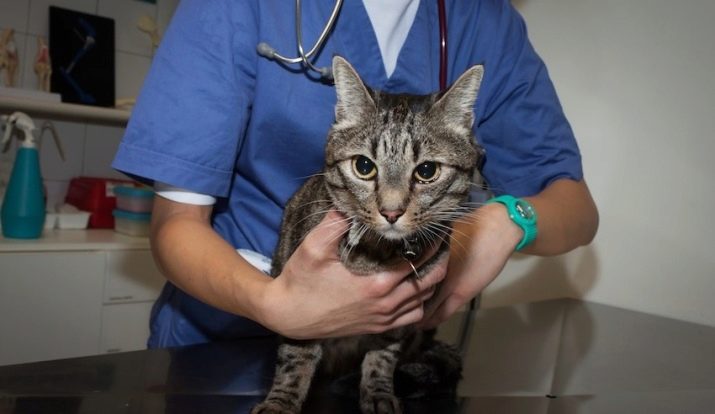
Diet is also a very important component of a happy future cat.
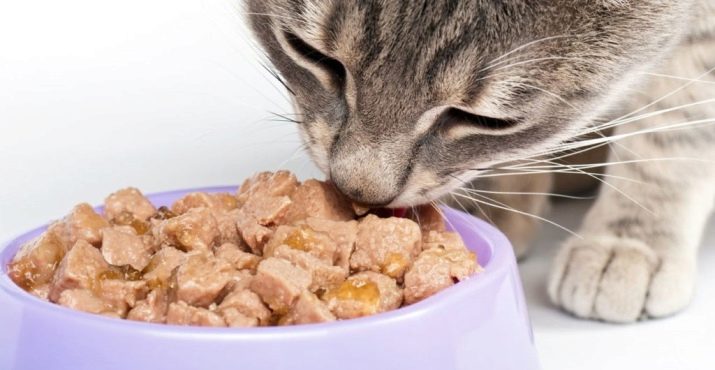
It is important that it is balanced and contains all the necessary elements. Suitable for feeding dry, as well as natural food.Remember to keep the food fresh.
Health
Cats are distinguished by good health and immunity, but they also often get sick. Very often they suffer from nervous disorders that are inherited. During the mating season, when it comes to mating, the cat may convulse or run around the house in panic, not recognizing the owner. If this happens, then don't panic. You should try to calm your pet down. If it doesn't work, call your veterinarian.
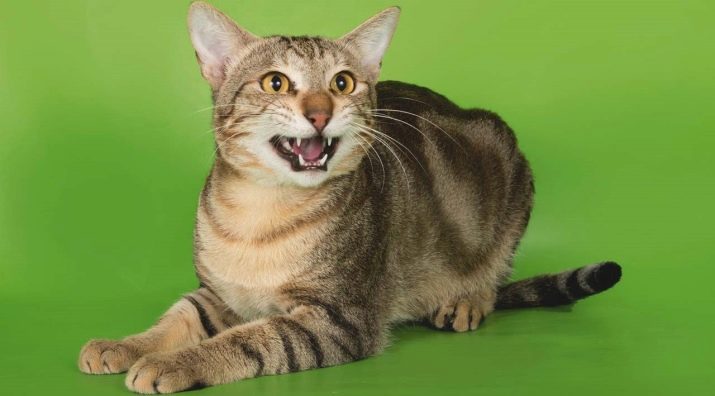
Many individuals are susceptible to meningitis. Meningitis is an inflammation of areas of the brain and spinal cord. To maintain normal heart and blood vessels, taurine and E vitamins should be added to the diet. This will help maintain immunity. Also, animals can be bothered by worms, pain in the ears and plague. A possible source may be contact with individuals of a different breed, if problems arise, limit your social circle.

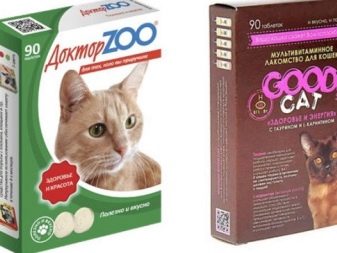
Sokokes are very sensitive to the temperature around them, so it is best to keep them at home in a controlled environment.
When choosing a kitten, you should pay attention to its parents, or rather, to their behavior.
Kittens
The price in rubles varies from 30,000 to 60,000 rubles. Some sell an amazing breed for a cosmic sum of 100,000 rubles. In this case, everything is individual. Every aspect is important, from color to pedigree. When buying, you should carefully examine both the kitten and its parents, ask the seller various questions and familiarize yourself with the documents - nowadays there are many scammers who want to profit from gullible buyers.
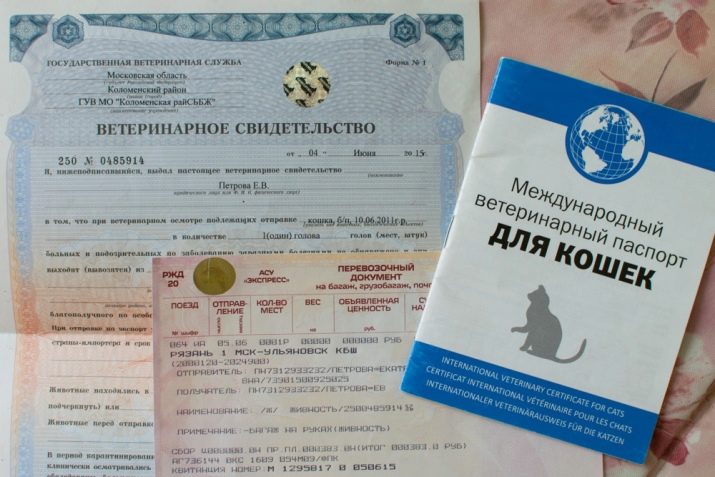
There are not many nurseries in our country yet, but you will definitely find them in big cities. There is a kennel in Moscow that specializes specifically in the Sokoke breed. Kittens come there mainly from the USA, but sometimes from other European countries to support the development of the breed in different countries.
The selection of a nickname should be taken with all responsibility so that it matches the character and temperament of the pet. Nicknames are suitable for kittens: Perseus, Peach, Sim or Siam.
For more information on Sokoke cats, see the video below.
































